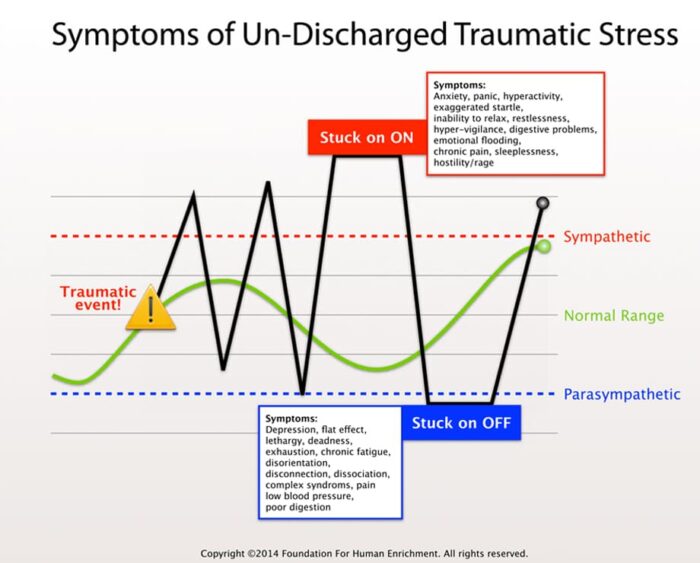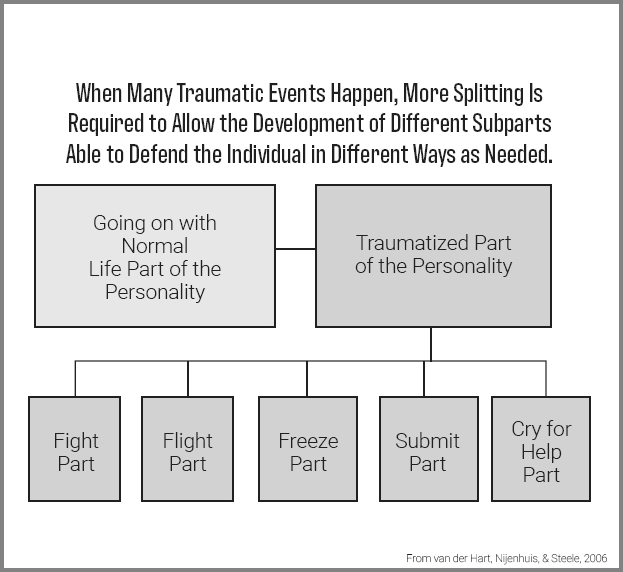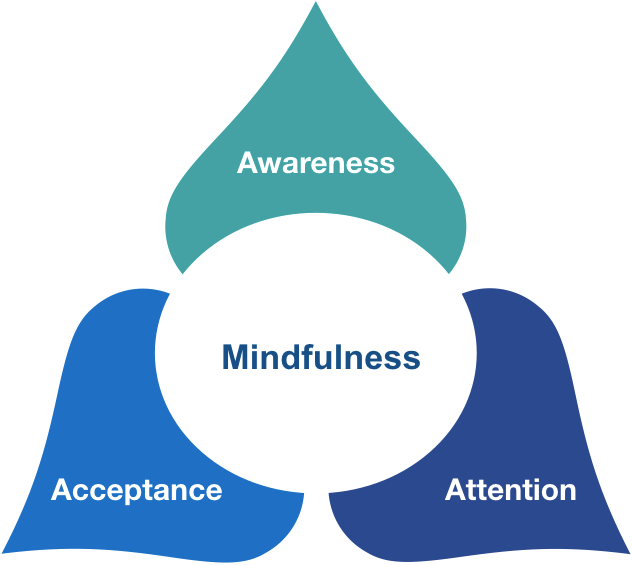Methodology
Somatic Experiencing
Somatic Experiencing is a trauma-focused modality grounded in Dr. Peter Levine’s work and research. It offers body-oriented clinical tools aimed at regulating the autonomic nervous system (ANS). Levine’s work showed that trauma isn’t to be found in the event itself but in ANS dysregulation. He made it possible for people to reconnect to their innate trauma responses by modeling how animals discharge shocks in the wild. When overwhelming events are not processed properly, the extra charge disturbs the self-regulating capacity of the ANS. Somatic Experiencing helps clients build tolerance for the sensations and emotions associated with that extra charge while gently releasing it.
Levine was greatly influenced by the Polyvagal Theory of Dr. Stephen Porges (see the video below). Polyvagal Theory defines three branches of the ANS managing the three physiological responses responsible for social engagement, fight or flight, and freeze. By renegotiating between these states, Somatic Experiencing rebalances the nervous system.


Internal Family Systems
Internal Family Systems (IFS) was originally proposed by Dr. Richard Schwart based on the Systemic Psychotherapy model. It is the latest development in a line of therapies dealing with subpersonalities, from Jungian analysis to Gestalt therapy, including Inner Child Work. These “parts” are a practical metaphor grounded in empirical evidence that represent the psyche. This model makes it possible to address each “part” as independent from one another while collectively governing our overall experience. Through IFS, it becomes possible to attend to the needs and troubles of ”parts” and to establish harmonious cooperation between them.
The most evidence-based and trauma-focused form of IFS is called Trauma-Informed Stabilisation Treatment (TIST), established by Dr. Janina Fisher. It was partially developed in collaboration with Dr. Bessel van der Kolk, who emphasized inclusion of the body when working with trauma. TIST deals with fragmented “parts” in order to reintegrate them through compassionate dialogue and mindful awareness of body sensations, feelings, beliefs, motivations, and memories.
Trauma Sensitive Mindfulness
Trauma Sensitive Mindfulness, by David Treleaven, involves an adaptation of mindfulness practices for those who have experienced trauma. (You can try it out in the video below.) Mindfulness has been most popularized by the Mindfulness-Based Stress Reduction (MBSR) modality developed by Dr. Jon Kabat-Zinn, it uses a secularized version of the ancient Buddhist practice of mindfulness as a form of treatment for stress and related conditions. In mindfulness meditation, we strive to cultivate a greater awareness of the present moment while accepting reality as it is without judgement and developing loving-kindness for oneself and others. Doing so reduces emotional reactivity and provides a sense of calm.
Mindfulness based modalities are very popular today, and a lot of research has gone into uncovering their potential and limitations. Consequently, it has inspired a large array of treatments for specific conditions, from anxiety and depression to more treatment resistant clinical diagnoses. Another worthwhile trauma sensitive mention for such treatments is Mindfulness-Based Cognitive Therapy for Posttraumatic Stress Disorder.

Psychoeducation on Trauma and the Nervous System: A Polyvagal Perspective
4-Minute Trauma-Sensitive Mindfulness Exercise with David Treleaven
(Link to this page's artwork credits)